Refine listing
Actions for selected content:
2251 results in Cambridge Elements
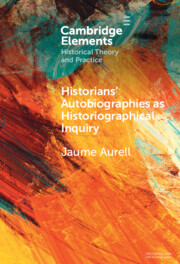
Historians' Autobiographies as Historiographical Inquiry
- A Global Perspective
-
- Published online:
- 06 January 2025
- Print publication:
- 02 January 2025
-
- Element
- Export citation
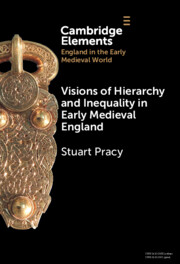
Visions of Hierarchy and Inequality in Early Medieval England
-
- Published online:
- 06 January 2025
- Print publication:
- 16 January 2025
-
- Element
- Export citation
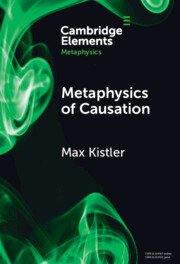
Metaphysics of Causation
-
- Published online:
- 03 January 2025
- Print publication:
- 16 January 2025
-
- Element
-
- You have access
- Open access
- HTML
- Export citation
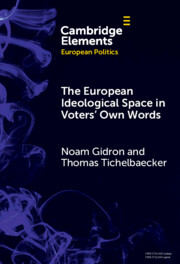
The European Ideological Space in Voters' Own Words
-
- Published online:
- 02 January 2025
- Print publication:
- 16 January 2025
-
- Element
- Export citation
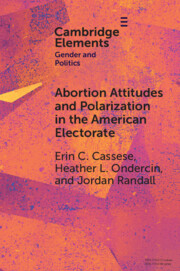
Abortion Attitudes and Polarization in the American Electorate
-
- Published online:
- 02 January 2025
- Print publication:
- 16 January 2025
-
- Element
- Export citation

Legal Rights and Moral Rights
-
- Published online:
- 02 January 2025
- Print publication:
- 16 January 2025
-
- Element
- Export citation
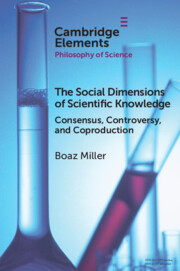
The Social Dimensions of Scientific Knowledge
- Consensus, Controversy, and Coproduction
-
- Published online:
- 30 December 2024
- Print publication:
- 06 February 2025
-
- Element
- Export citation
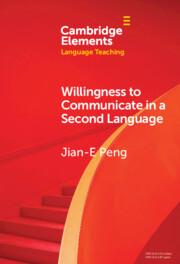
Willingness to Communicate in a Second Language
-
- Published online:
- 25 December 2024
- Print publication:
- 06 February 2025
-
- Element
-
- You have access
- Open access
- HTML
- Export citation
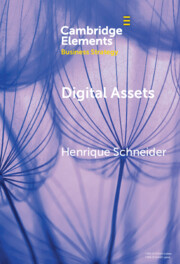
Digital Assets
- A Portfolio Perspective
-
- Published online:
- 19 December 2024
- Print publication:
- 19 December 2024
-
- Element
- Export citation
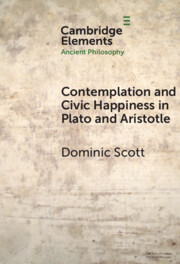
Contemplation and Civic Happiness in Plato and Aristotle
-
- Published online:
- 19 December 2024
- Print publication:
- 19 December 2024
-
- Element
- Export citation
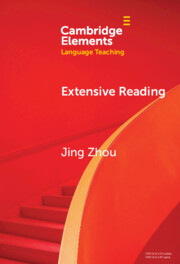
Extensive Reading
-
- Published online:
- 19 December 2024
- Print publication:
- 19 December 2024
-
- Element
- Export citation
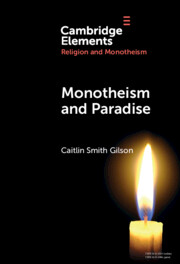
Monotheism and Paradise
-
- Published online:
- 19 December 2024
- Print publication:
- 19 December 2024
-
- Element
- Export citation

Jehovah's Witnesses
-
- Published online:
- 18 December 2024
- Print publication:
- 30 January 2025
-
- Element
-
- You have access
- Open access
- HTML
- Export citation

Comedy and Controversy
- Scripting Public Speech
-
- Published online:
- 18 December 2024
- Print publication:
- 30 January 2025
-
- Element
- Export citation
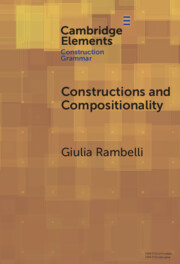
Constructions and Compositionality
- Cognitive and Computational Explorations
-
- Published online:
- 17 December 2024
- Print publication:
- 30 January 2025
-
- Element
- Export citation
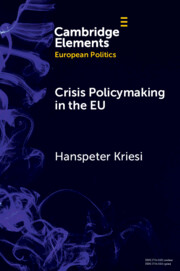
Crisis Policymaking in the EU
- The COVID-19 Crisis and the Refugee Crisis 2015-16 Compared
-
- Published online:
- 16 December 2024
- Print publication:
- 02 January 2025
-
- Element
-
- You have access
- Open access
- HTML
- Export citation
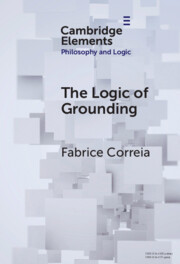
The Logic of Grounding
-
- Published online:
- 16 December 2024
- Print publication:
- 16 January 2025
-
- Element
- Export citation
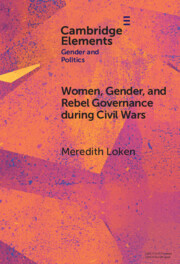
Women, Gender, and Rebel Governance during Civil Wars
-
- Published online:
- 16 December 2024
- Print publication:
- 02 January 2025
-
- Element
- Export citation
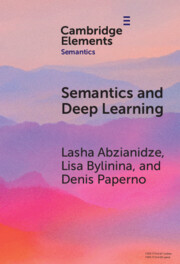
Semantics and Deep Learning
-
- Published online:
- 16 December 2024
- Print publication:
- 16 January 2025
-
- Element
- Export citation
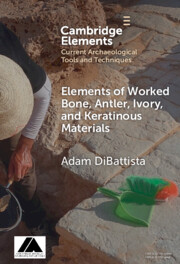
Worked Bone, Antler, Ivory, and Keratinous Materials
-
- Published online:
- 16 December 2024
- Print publication:
- 16 January 2025
-
- Element
- Export citation
